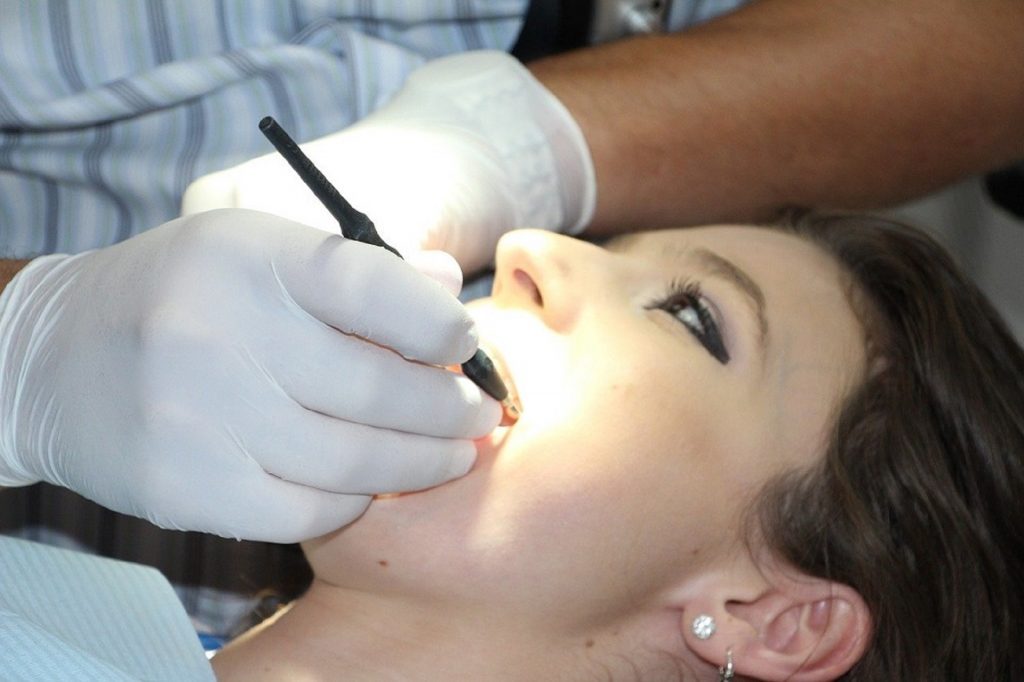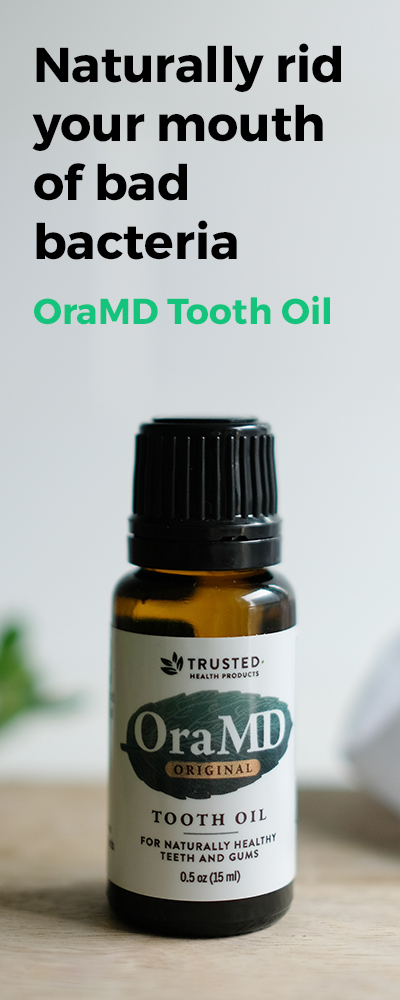Contents

What Is Periodontal Disease?
Periodontal disease is the medical name for what we generally refer to as gum disease. It is a bacterial infection that destroys the supporting structures that hold your teeth in place. Your gums are the first line of defense against bacterial infection, but once it has broken through them it will begin to attack the ligaments and bone that hold the teeth in the mouth. It is in this stage of periodontitis that loss of bone due to bacterial erosion can occur, which will then cause the pocket (space between the gum and tooth) to grow deeper and wider. Left untreated, this disease can lead to costly and painful procedures such as gum grafts, bone grafts, and ultimately tooth loss.
Signs Of Periodontal Disease
Periodontitis is often a silent disease as those who suffer from it rarely experience pain, and may not even be aware that there is a problem. The early stages of gum disease are seldom painful, and carry with them very few warning signs. Some of the early warnings to look for are slight bleeding while brushing, softening of the gums, and discoloration of the gums (darker red/irritated in appearance rather than a light, healthy pink). As the disease progresses, more noticeable signs may become more predominant. Some examples of these more serious indicators are:
- Swollen gums
- Inflamed gums
- Receding gums that make your teeth look longer
- Spaces developing between teeth
- Persistent bad taste
- Chronic bad breath (halitosis)
- Tender gums when touched
- Sores in the mouth
- Bright red or purple gums
- Trench mouth
- Thrush (Candidiasis)
- Loose teeth
- Pus between the teeth and gum line (pyorrhea)
- Change in the way teeth fit together when you bite
If you have any of the above signs, you could be significantly farther down the path of serious periodontitis than you think, and close to the potential of loss of your teeth.
Dangers Of Periodontal Disease
It is estimated that up to 80% of the population has some form of gum disease. It has been a long held belief that periodontal disease was just a dental disease, affecting only the teeth and gums. While it’s true that periodontal disease may originate in the mouth, it is now known that periodontitis is a very serious disease, affecting the entire body and increasing risk of numerous other adverse health effects including:
- Increased risk of heart attack by as much as 25%
- Increased risk of stroke by a factor of 10
- Problems controlling both type I and type II diabetes
- Respiratory disease
- Pancreatic cancer
- Premature births
- Underweight newborns
- Digestive disorders
Another recent study showed that the medical cost of those with periodontal disease was 21% higher than those without it. Periodontitis is not something to be taken lightly. If you have it, you need to do all you can to get rid of it.
What Causes Periodontits?
The main cause of periodontal disease is bacteria, but the following factors may also affect the health of your gums:
- Smoking/tobacco use
- Genetics
- Pregnancy/puberty
- Hormonal changes in women
- Stress
- Medications
- Clenching or grinding your teeth
- Diabetes
- Poor nutrition
Bacteria is the main cause of periodontal disease. One drop of human saliva can easily contain 50 to 100 million bacteria, and a diseased mouth can contain bacteria into the billions. As bacteria grow, they accumulate (both dead and alive) and form a sticky, nearly invisible layer called plaque. As plaque grows, it appears as a whitish-gray color. Usually, the formation of this plaque is along the teeth and gum line. If this plaque continues to grow unchecked, it becomes calcified and turns into tartar (also known as calculus). Calculus builds a wedge between the tooth and gum line, and can cause openings called pockets. Pockets are measured by how deep they are from the gum line. Stage 1 periodontitis (called gingivitis) is 2-3mm deep, stage 2 periodontitis is 4-5mm, and stage 3 periodontitis is 6mm and deeper.
As the gum tissue comes into contact with the spreading plaque and calculus, the infection intensifies. Swelling and redness/irritation begin, the gums become weakened, and bleeding can occur. Once bleeding has started, the bacteria get an additional source of food and can begin to multiply at an alarming rat.
As bacteria continue to multiply, they eat. As with everything else that eats, there is waste. The waste that is produced by bacteria is highly acidic. So much so in fact that it can eat right through tooth enamel to the dentin and cause cavities. These bacteria like to hide between the teeth, on the back of the tongue, and especially in the pockets under the gum line where normal brushing will not disturb it. The acidic waste produced by these bacteria will eat away at the ligaments and bone of the tooth and gum tissue. Eventually, this will cause the tooth to become weaker and possibly even loose. This waste can also eat away at gum tissue and cause them to recede, or pull away from your teeth. If not treated, tooth loss is inevitable, and at that point you are exposed to a whole host of other diseases that are now linked to periodontitis.
How To Prevent Periodontal Disease
To prevent periodontal disease you should have a regular oral hygiene plan:
- Brush your teeth twice a day
- Gargle or use a mouth rinse twice a day
- Floss every day
- Don’t use tobacco products
- Visit the dentist routinely for a check-up and professional cleaning (recommended every 6 months)
These measures however, are effective only above and slightly below the gum line. Once periodontal disease develops, more intensive treatments are needed.
Treatment Of Periodontal Disease
The main goal of the treatment is to control the infection, and if possible, stop it. The road to recovery may take several months, even if it can be attained. Here are some suggestions:
- The first step is to implement a good oral hygiene program, but in most cases this will not be enough. Especially if you have pockets.
- Stopping tobacco use will help improve your chances for a successful outcome.
- Professional teeth cleaning from your dentist every 6 months.
- Your dentist may recommend a deep cleaning (root planning and scaling). This is a painful dental procedure that scrapes the plaque and tartar from above and below the gum line. Root planning gets rid of the rough spots on the tooth root where the bacteria gather.
- Use a strong bacteria fighter that can get into the pockets and kill the bacteria.
- Gingival Flap Surgery – lifting back the gums and removing tartar. Gums are then sutured back into place so that the tissue fits snugly around the tooth again.
- Bone and Tissue Grafts – replacing bone and gum tissue destroyed by periodontitis
What To Do About It
Surgeries, bone and tissue grafts, and deep cleanings can all be very painful and expensive. To make this worse, the outcomes are not guaranteed. Medications are also expensive, and without guarantee. When faced with the prospect of losing your teeth and all the diseases linked to periodontitis, you are going to have to do something.
Consider this though:
- What if the surgery doesn’t work?
- What if something goes wrong during the procedure?
- When all is said and done, what is it really going to cost?
Did it ever occur to you that the least expensive and least painful option might be found in nature? Why not try a great product that provides natural relief?


